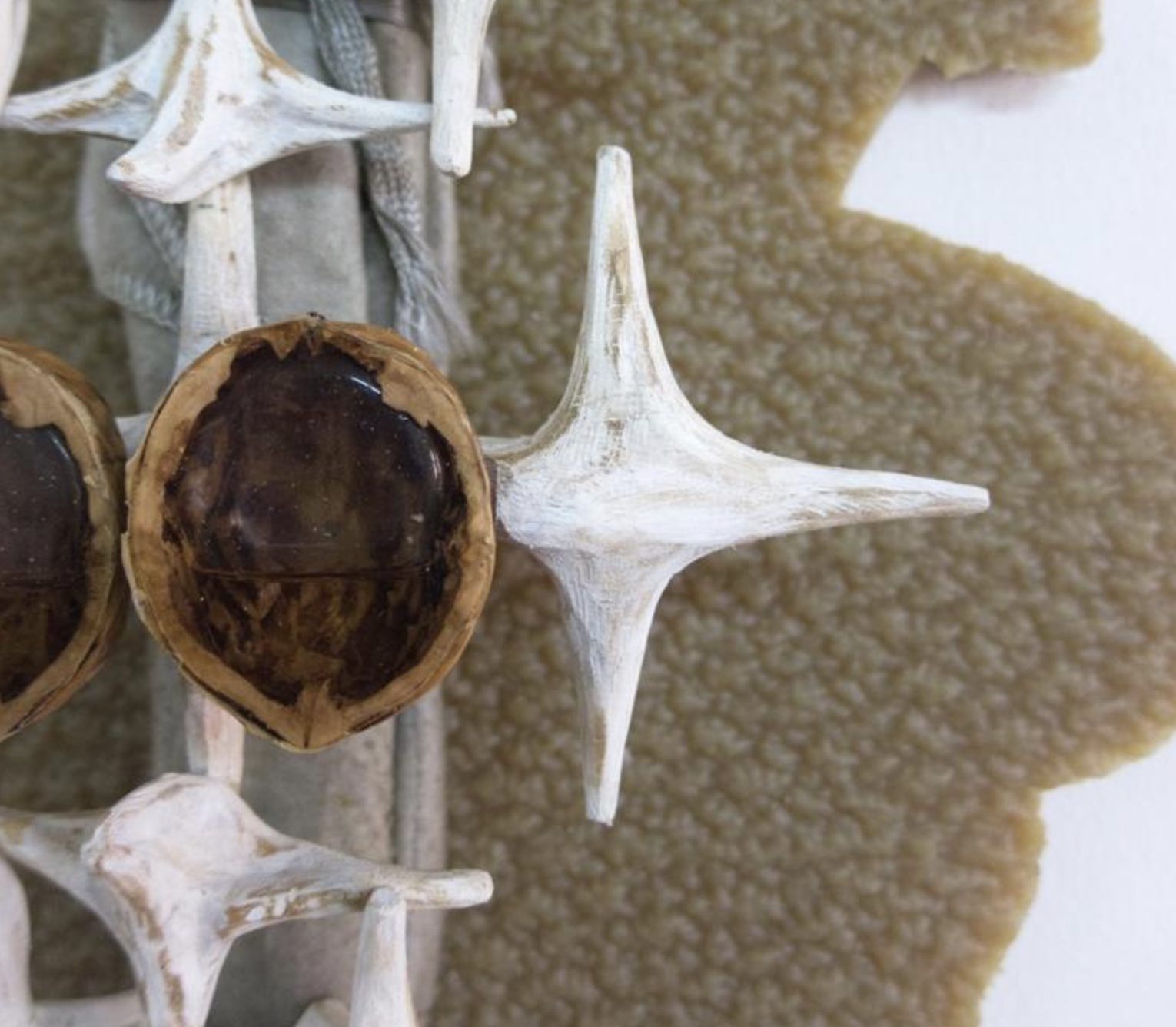
Pablo Andino
Como un tiro, un clavel
Exhibition
-> Feb 7 2023 – Mar 18 2023
N.A.S.A.L.
N.A.S.A.L. presents the exhibition Como un tiro, un clavel by Ecuadorian artist Pablo Andino curated by Natalia de la Rosa.
A smoky atmosphere, completely dense, welcomes us. The experience is contrasting. Those who have been there, feel a comfortable and attractive space; if you have just arrived, it will be difficult not to frown at a strange stench, a combination of multiple actions that took place just a few hours before. A circular structure represents a transit passage to an intermediate parallel, between everything and nothingness. It can also be visualized as a ruin containing the remains of an infinite soiree, where an overflowing crowd danced and a collective swagger existed. On the other hand, the absence and emptiness reveal another moment: a place towards an end that seeks to lengthen, since if the night ends and the dawn is surpassed, the arrival towards an abyss is assured.
A series of vestiges function as traces of the diverse events that took place in this context. Animistic objects containing alcohol residues; breaded signs; a star intermingled with a smoke machine; a series of flowers covered with a strange element; a skeleton that constitutes at the same time a bubbling structure. Each of these remains gives rise to an expectation that activates a series of questions: What happened here? How does an object move to this place? How does it look like this? How do I belong to this place? How does both an end and a rebirth subsist? What universe constitutes this experience? How is everyday life transformed and assimilated after this journey?
Pablo Andino is an Ecuadorian visual artist whose work has focused in recent years on the sculptural format. In Como un tiro, un clavel, Andino continues an exploration aimed at documenting and reflecting on the death of the fiesta. Through this theme he delves into the contrasts between life and death, day and night, wellbeing and discomfort. This exhibition underlines this process in a specific environment, as it is inspired by the nocturnal spaces dedicated to dancing, so that the story of the party, on this occasion, is conditioned to a specific context. The title refers to the nocturnal history of the Mexican capital from the chronicle, the lower part, the cabarets, the tents and the idioms.
— Natalia de la Rosa